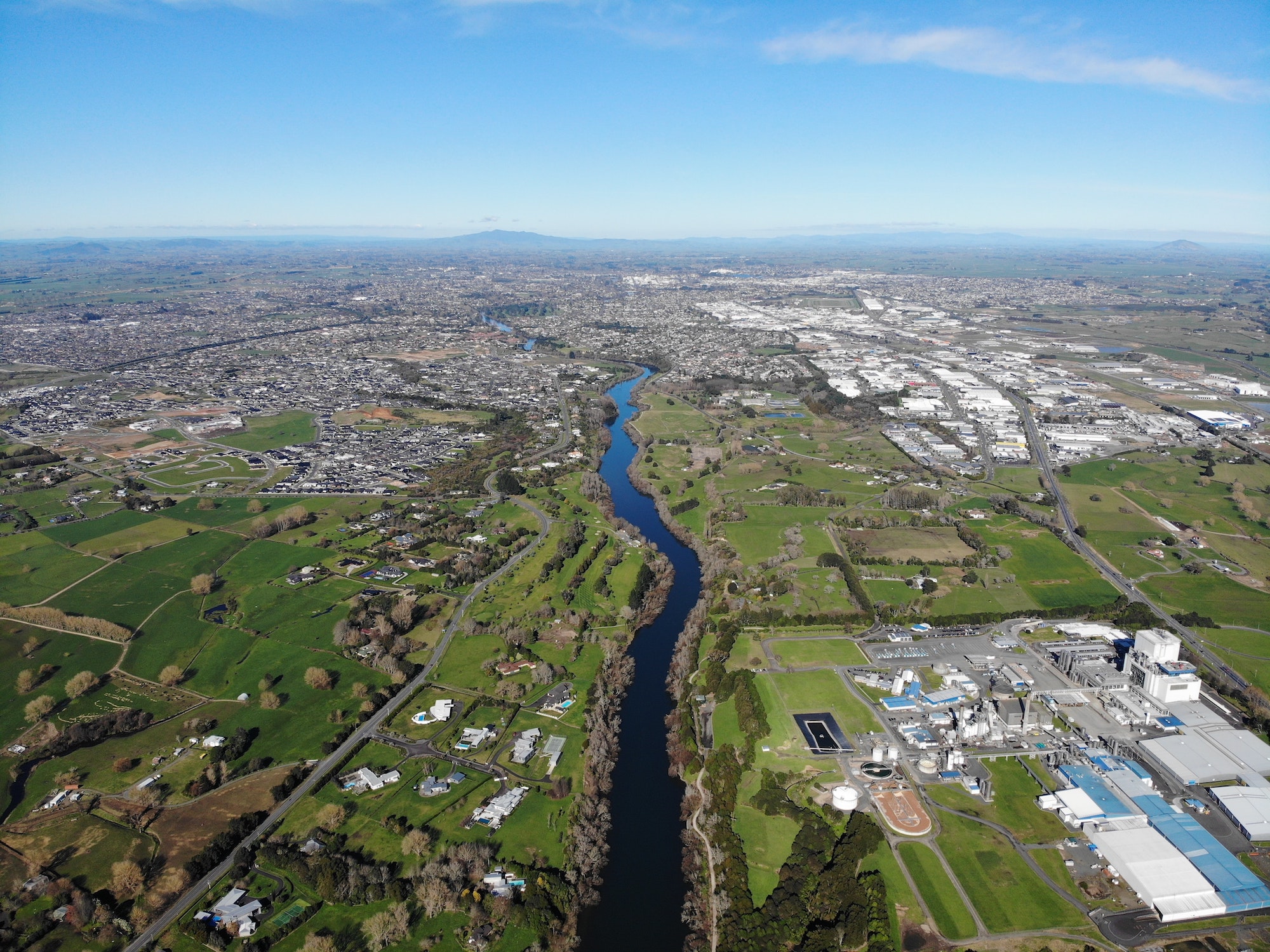Central Regional Committee member and HD Geo’s co-founder and managing director, Emily Cleland, shares her view on the risks of developing on peat soils in the Waikato.
At the heart of the Waikato region lies Hamilton, our city of the future, poised for growth and development. With urban expansion being inevitable, one critical factor demands our attention: the delicate balance between progress and the environmental preservation of peat soils.
Hamilton’s unique geological setting includes extensive areas of peat soils. Peat soils are formed from the accumulation of partially decomposed plant material in waterlogged conditions – the Waikato peatlands have taken over 18,000 years to form and are up to 11 metres deep. The Waikato region in New Zealand is known for its extensive peatlands and contains about half of New Zealand’s peatlands.
The peatlands have been traditionally used for agricultural purposes. However, the question arises: as Hamilton expands, should we continue building on peat soils in the Waikato?
While these fertile grounds have played a vital role in supporting biodiversity, and more recently, as fertile farmland, their increased use for urban development raises concerns about future infrastructure performance.
The engineering challenges associated with peat soils cannot be understated. These areas are prone to subsidence (gradual sinking of the ground) as organic matter decomposes. Peat soils have a high water content and low bearing capacity, making them prone to compression under heavy loads. This can lead to structural damage to buildings and infrastructure over time.
Building on such unstable terrain requires careful planning and engineering solutions to prevent long-term damage to infrastructure and ensure the safety of residents. The impacts of subsidence due to peat soils in the Waikato is not a new challenge for property owners. There are long-term impacts and it is usually 3rd hand owners who are caught unaware. Hamilton and the surrounding area has plenty of examples of residential development on peat soils. Outcomes have included houses with extra steps up to the front door, backyards that have sunk and flood whenever there is a decent rainfall, cracked floors, disjointed pipes and leaning power poles.
Some of the issues of developing on peat soils are:
- Subsidence and infrastructure stability: The susceptibility of peat soils to subsidence poses a significant risk to the stability of buildings and infrastructure. You can slow the movement for a while, but over time, structures may experience uneven settling, leading to structural damage, compromised foundations, and potential safety hazards for occupants. Infrastructure, like water pipes, can move at different rates to structures, leading to cracking and poor performance.
- Carbon Release: Peat soils store significant amounts of carbon. Construction and disturbance of these soils release stored carbon into the atmosphere, contributing to greenhouse gas emissions and exacerbating climate change.
- Water Quality Degradation: Altering the drainage patterns of peat soils can impact water quality in nearby water bodies. These areas play a crucial role in regulating water flow by acting as sponges that absorb excess rainfall and slowly release it into streams and rivers. Construction activities can alter this natural drainage system, leading to increased flooding risks downstream.
- Biodiversity Loss: Peat soils are home to unique flora and fauna adapted to these specific environments. Urban development on peatlands can lead to habitat destruction, resulting in the loss of biodiversity and disruption of ecosystems. Preserving green spaces within and around developed areas becomes essential to maintaining natural habitats.
So the question I raise to you is – where should the responsibility sit, councils, developers? I think that councils should understand their peat lands better, and zone them appropriately to take away the potential issues.
Emily Cleland
Co-founder/Managing Director
HD Geo
Emily is HD Geo’s co-founder and Managing Director. Emily has over 15 years of geotechnical experience. She holds a BSc degree in Earth Science and specialises in land development projects and project management. Emily’s understanding of geotechnical issues and project management has led to her unique approach to geotechnical projects. Emily’s focus is on building strong and enduring relationships with clients and she aims to understand their business, goals, and challenges.


